Best Coffee In Costa Rica
This post may contain affiliate links.
If you’ve tasted Costa Rican coffee, then you already know this; it’s delicious! In fact, Ticos coffee ranks among the tastiest in the world, thanks to the country’s consistent production of high-quality Arabica beans.
But with so many roasters in the market today, you may want to know – which is the best coffee in Costa Rica? Well, I will tell you my top 4 brands in a bit, but first, a little history about this incredibly delicious java…
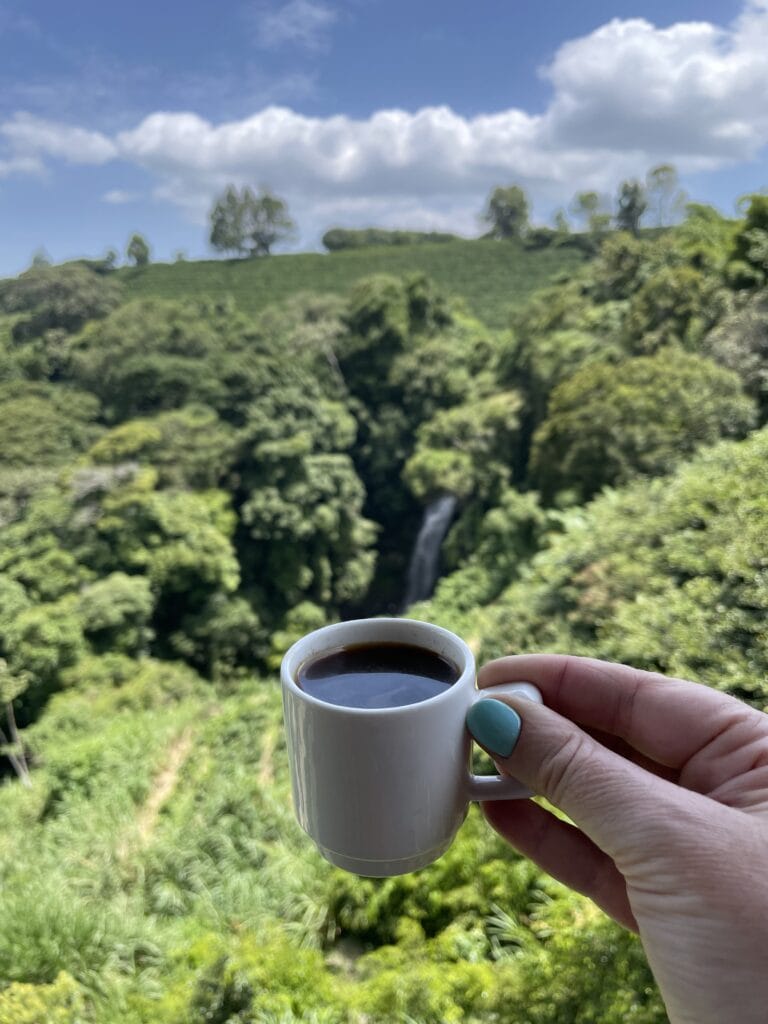
About Coffee in Costa Rica
Coffee arrived in Costa Rica in the late 1700s from Cuba. Nobody knows who brought it there or why, but whoever did it knew the crop would do well in the country. And it surely did; in less than ten years, the income generated from coffee exports had surpassed that of other products like sugar, cacao, and tobacco!
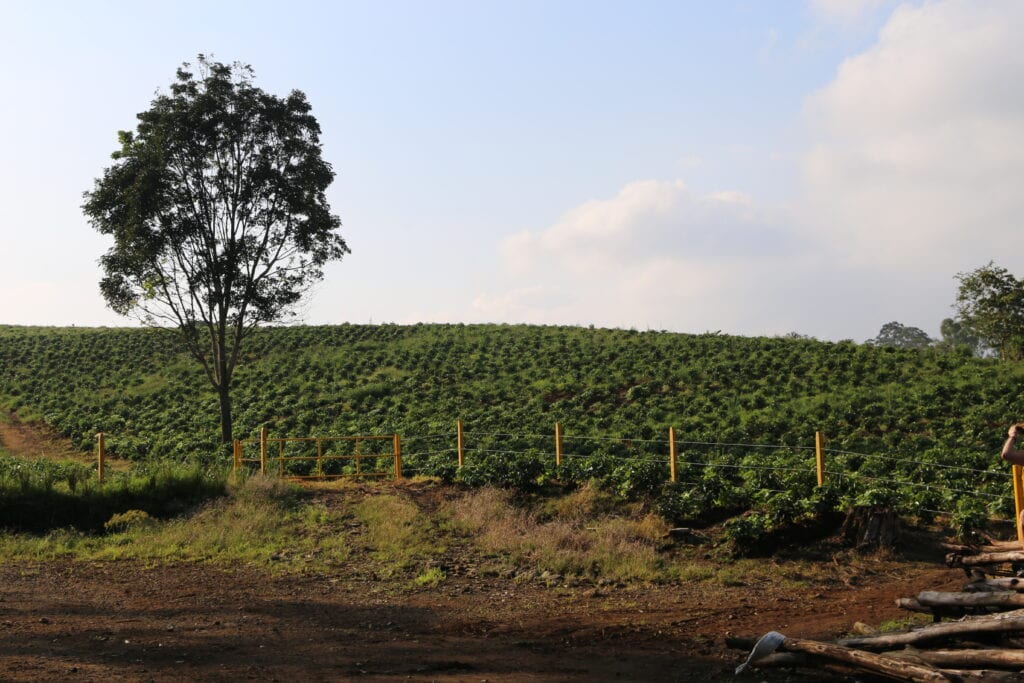
When the government noticed this rapid growth in the industry, it started giving away free land at higher altitudes to any of the Costa Rican coffee farmers who wanted to start growing coffee plants as an incentive to help maintain this upward curve. And it worked.
Many people became coffee farmers, and by the mid-1800s, the success of the coffee industry in Costa Rica was quite prevalent. Roads in the rural areas had improved. Railroads had been created, and cultural centers had been raised in the capital, and that was just the beginning.
Costa Rica coffee continued to thrive, and the trend continues to this day, making the country one of the largest coffee producers and exporters in Latin America.
But why does coffee flourish in Costa Rica – you may ask?
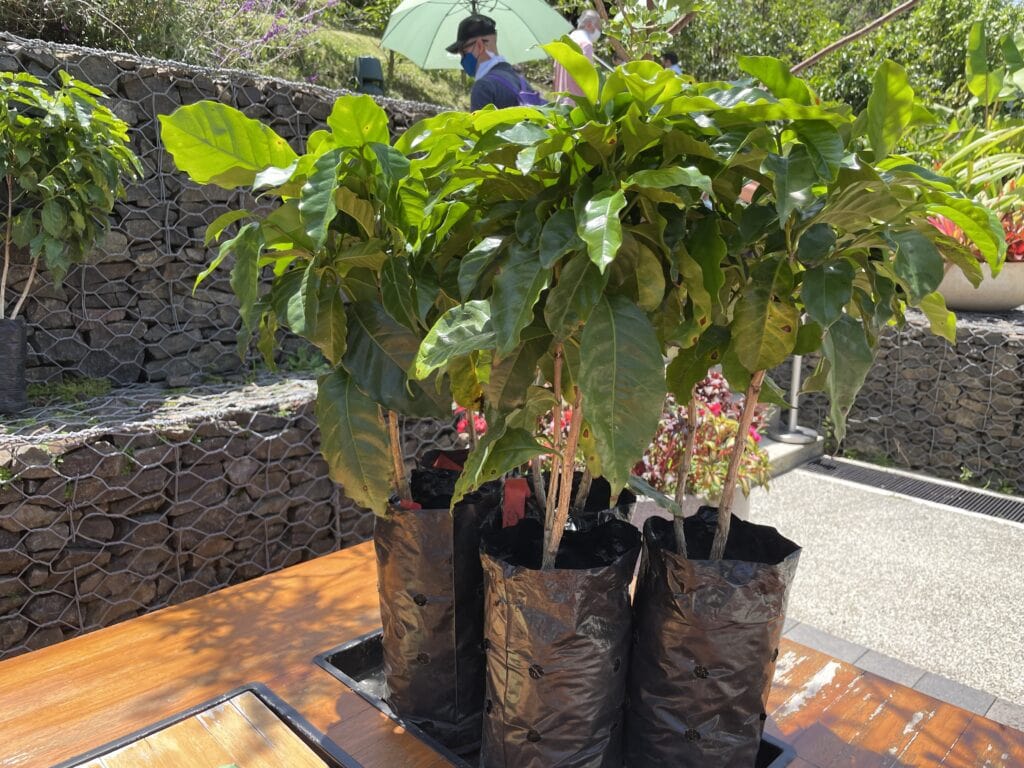
Costa Rica grows Arabica coffee beans. Now, for Arabica beans to thrive, they require high altitudes and warm temperatures. The 8 coffee growing regions – Central Valley, Turrialba, Guanacaste, Brunca, Orosi, Tarrazu, Tres Rios, and West Valley – boast vast mountainous regions, rich volcanic soil, and warm weather throughout the year, providing the perfect conditions for growing coffee. It’s no wonder it does so well.
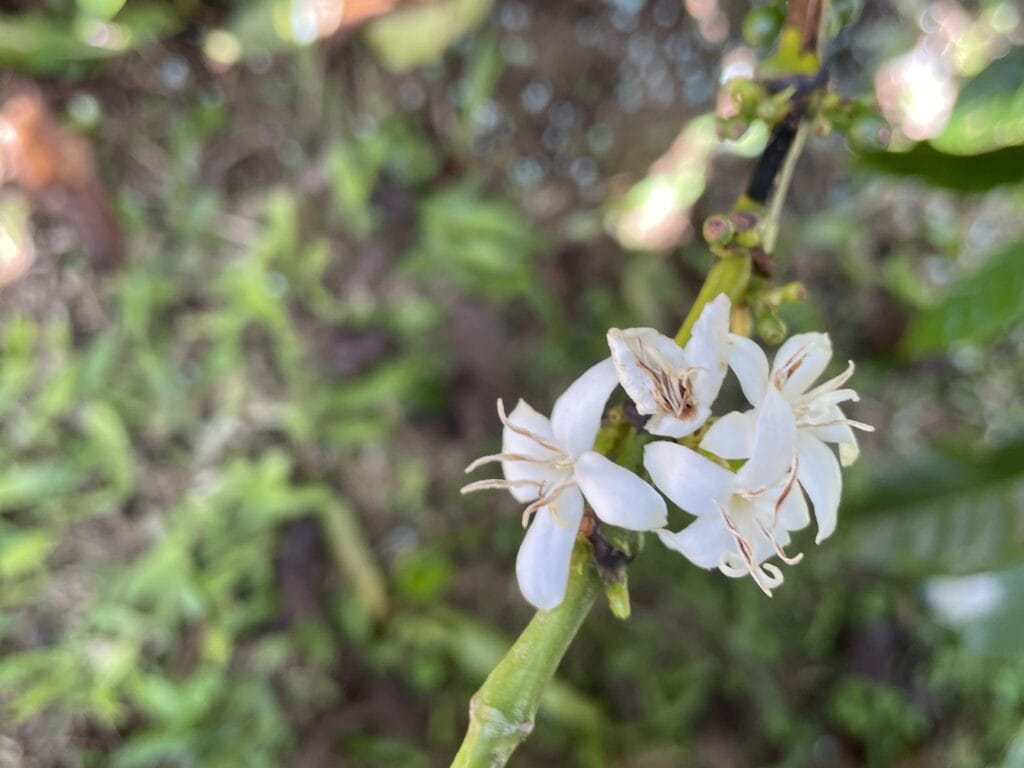
Fascinating Facts about Costa Rican Coffee
Coffee is a fundamental part of Costa Rican culture. Here are some little-known facts about this incredibly tasty beverage.
Producing Robusta coffee was once illegal. In 1989 the Costa Rican government passed a law that prohibited farmers from planting low-quality Robusta beans. The intent was to position the country as a leading global producer of Arabica coffee, which is the highest quality coffee variety.
But Arabica coffee is more susceptible to pests and changing weather compared to the more robust Robusta. Therefore, in 2018, the law was revoked to save farmers from undue hardship, but Arabica beans are still the most prevalent in the country.
Costa Rica produces more than 1.5 million bags of coffee every year. While it still has a long way to go to rank next to Brazil, Costa Rica plays an important role in the coffee industry. Coffee production takes up to 11% of the country’s overall exports. Costa Rica is the first Central American country to produce this much coffee.
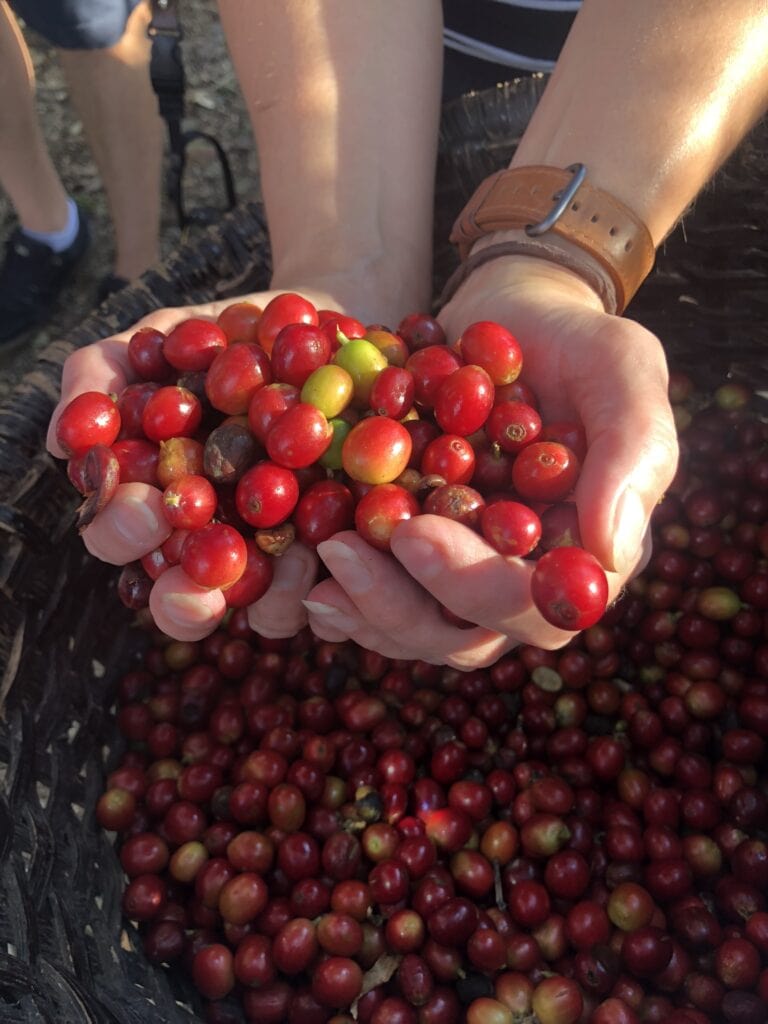
Coffee berries are picked by hand. Do not expect to see sophisticated machinery in the coffee plantations during berry harvesting. The farmers do the job themselves.
They spend the day handpicking the ripe cherries and filling their baskets which are then emptied into larger bags. On average, a good picker can harvest between 90 and 180 pounds of cherries per day.
With that out of the way, let’s now take a look at some of the best Costa Rican coffee, shall we?
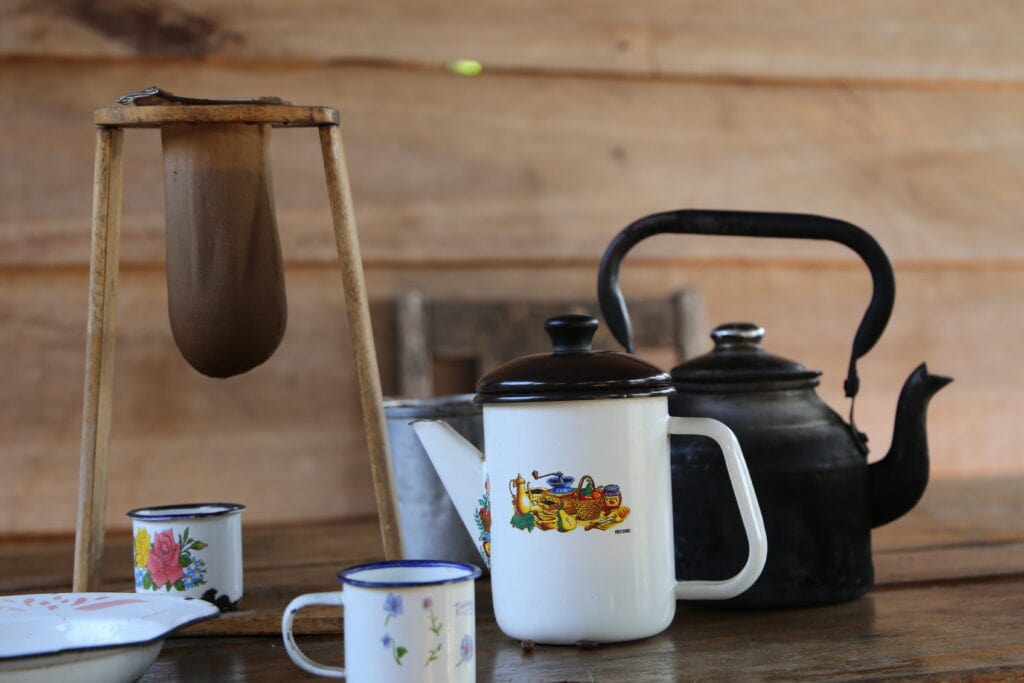
How To Brew Costa Rican Coffee
Costa Rican coffee is traditionally brewed using the “pour over” method. A wooden chorreador is tall enough for a coffee mug to sit underneath. A coffee sock is placed in a round hole at the top.
Costa Ricans then boil water. Depending on personal preference, one to two tablespoons of ground coffee are placed in the coffee sock. Hot, not boiling water is poured into the sock, and the coffee drips out into the mug.
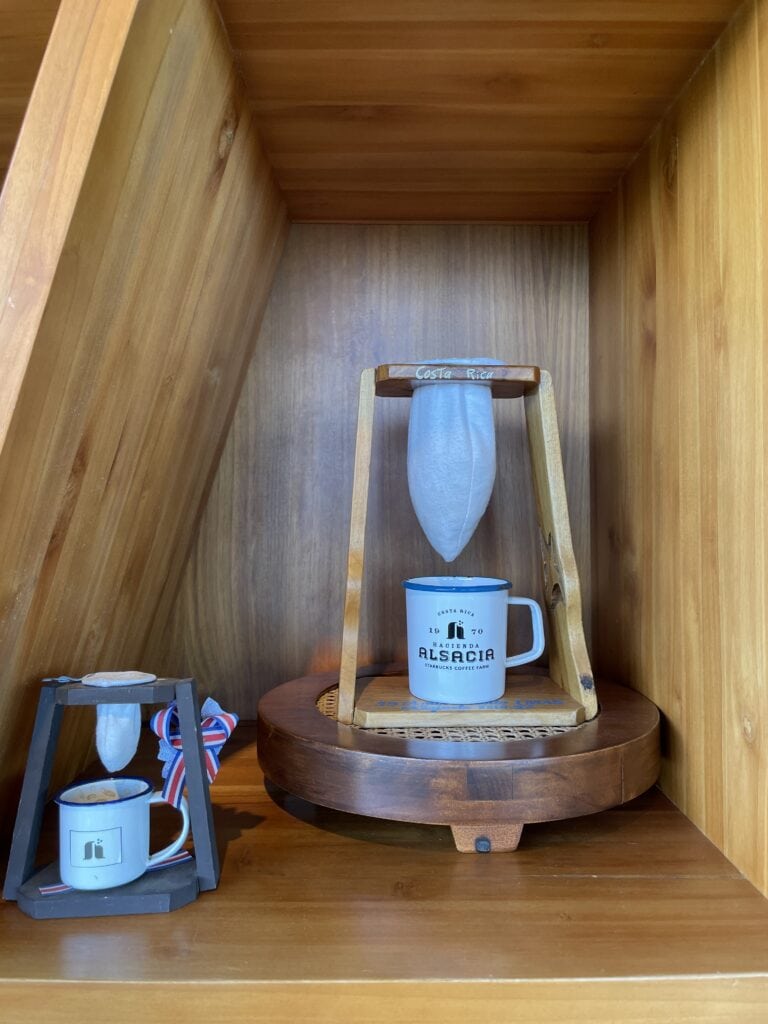
Many Costa Rican homes today have a coffeemaker, but you will still find restaurants and homes that use this drip method, called café chorrreado.
You can generally purchase chorreadores and socks in hardware stores, coffee tours, in souvenir shops, and at your local coffee shop. They are the best way to make the perfect cup of Costa Rican coffee!
Cafe Britt
Café Britt, a pioneer in the coffee roasting business, has been offering some of the finest gourmet coffee in Costa Rica for more than three decades. You can find bags of fragrant, crowd-pleasing coffee in hotels, restaurants, coffee shops, supermarkets, and many other places.
Choose from oodles of unique flavors including Montecielo Gourmet, Poas Tierra Volcanica, Organic, Altozano Gourmet, Breakfast Blend, Habitat Sloth, and more. Whether ground, in capsules, or in whole beans, you will enjoy a perfectly balanced roast taste that complements the coffee rather than dominating it.
The blends are incredibly smooth, with a naturally infused aroma that carries the boldness of what you would expect in high-quality coffee. Any coffee aficionado will also notice the intense pristine flavor that has a way of leaving the taste buds excited with every sip.
Café 1820
Named after the year the Ticos exported their first coffee to Panama, 1820 offers eight distinct coffee varieties crafted with the best Costa Rican beans. It’s a local favorite, offering a well-blended mix of Café Oro, obtained from seven coffee-growing regions in Costa Rica.
Growing on nutrient-rich volcanic grounds situated over 1000 meters above sea level and prepared in a well-thought-out, pre-established roasting grade, 1820 coffee comes with balanced sweetness and acidity that leaves you craving for more.
You can get the coffee in the ground, whole bean, or instant form. The Classic Ground is one of the most popular blends in the country, featuring an intense aroma, mild acidity, and characteristic bitterness that provide the perfect balance for a morning coffee.
Of course, there are other blends worth checking out like the Black Coffee or Mokachino that are just as good, but true coffee lovers in Costa Rica love the traditional 1820.
Café Naranjo
Café Naranjo produces delicious coffee right at the Espiritu Santo coffee tour location in Naranjo. In fact, some people have claimed that it’s so good that if made correctly, you won’t need to add cream or sugar! The volcanic soils of the Naranjo region where this coffee is grown produce beans with subtle citrus and chocolate notes that give the resulting coffee a unique, exquisite flavor.
If you’re a fan of medium roast coffee, you should definitely grab a bag of café Naranjo –you’ll love its mellow and mild flavor. Plus it’s not as bitter as most other blends, which makes it ideal for the whole family.
Café Rey
For more than 40 years, Café Rey has been gracing Costa Rican coffee market with some of the world’s best coffee. The delicate beans processed by experts produce smooth elaborate blends with incredible flavors to satisfy your craving for high-quality coffee.
Blends combine uniquely selected essences with a subtle hint of sweetness. The sweetness is from added sugar, though, so if you cannot have sugar, you may want to pass on this one. But for people who enjoy a little bit of sweetness, this is an incredibly delicious coffee.
“Coope” Coffees
When you go to a local grocery store or a pulperia, you will often find coffee packaged either in brown paper bags or shiny wrapping with the word “Coope” printed at the beginning of the name.
These coffees are pure gold- the best coffee beans get saved for Costa Rican to consume close to home. The coope means the coffee is grown right in that local region and packaged fresh right in the area. You can’t generally find these coffees outside of the country, and these are my favorite coffees to take home. My two favorites are CoopePalmares and CoopeDota, named for their respective regions.
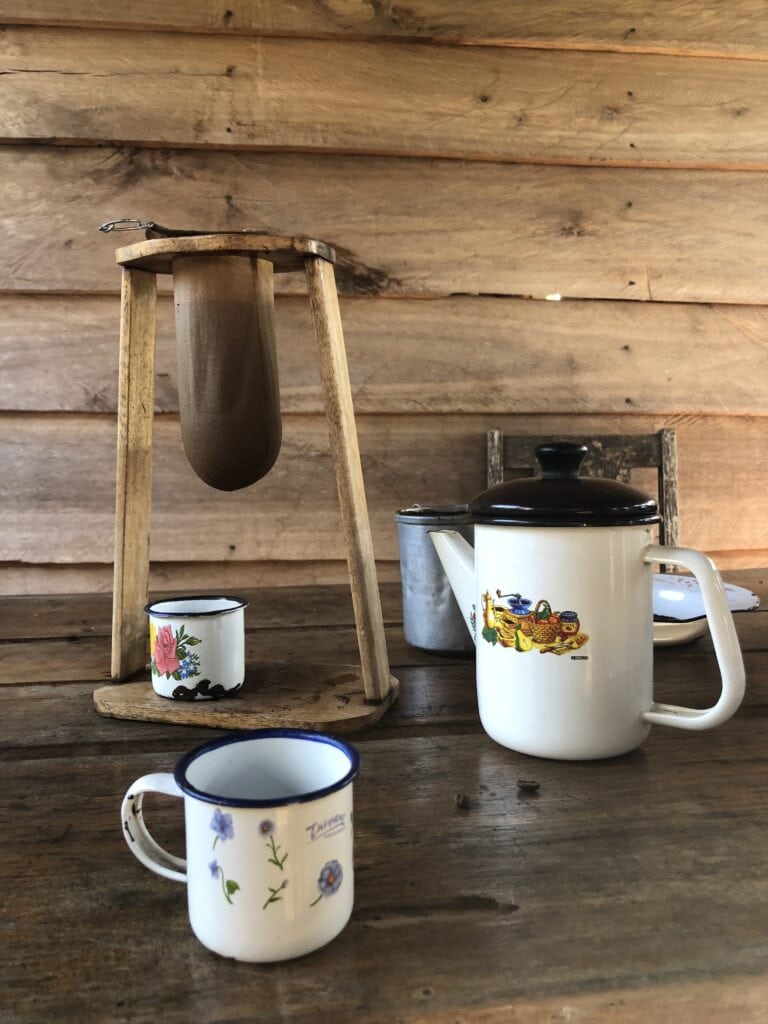
Favorite Coffee Tours
If you want to really nerd out about coffee, I highly suggest you take a coffee tour when you are in Costa Rica. My absolute favorite is the Espiritu Santo coffee tour near Naranjo- it’s a great stop between San Jose airport and La Fortuna. They produce Cafe Naranjo- one of the most popular local coffees in the area.
There is a large Starbucks coffee plantation that you can visit- it’s called Hacienda Alsacia. Finally, in Monteverde, I highly recommend the Don Juan coffee tour.

Christa Jimenez
Welcome! I’m Christa, a Spanish teacher married to a handsome Costa Rican and mother of two bilingual daughters. We’ve spent over 25 years living in and traveling to Costa Rica with our daughters, and this website is my love letter to all things Costa Rica- and to bilingual parenting too. You can read my full story here. Thanks for stopping by!



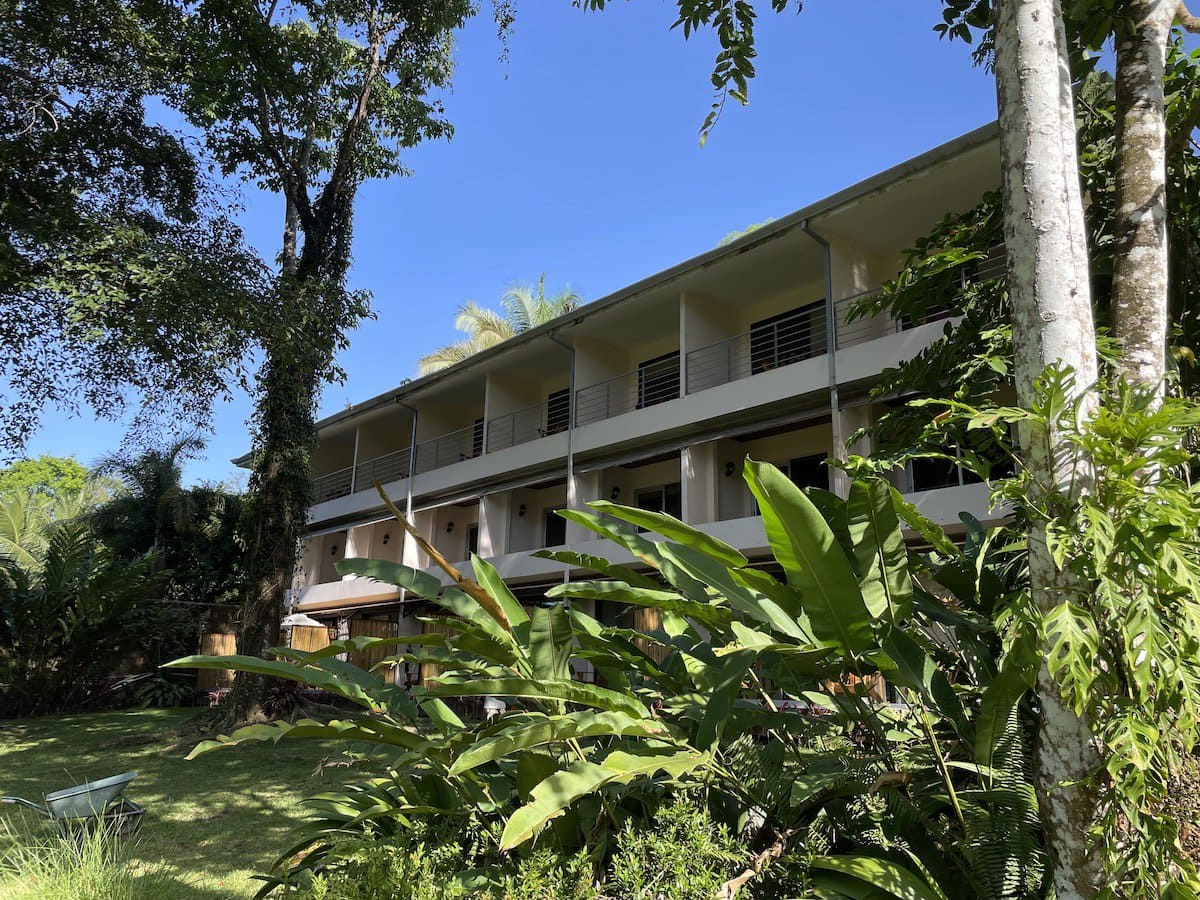
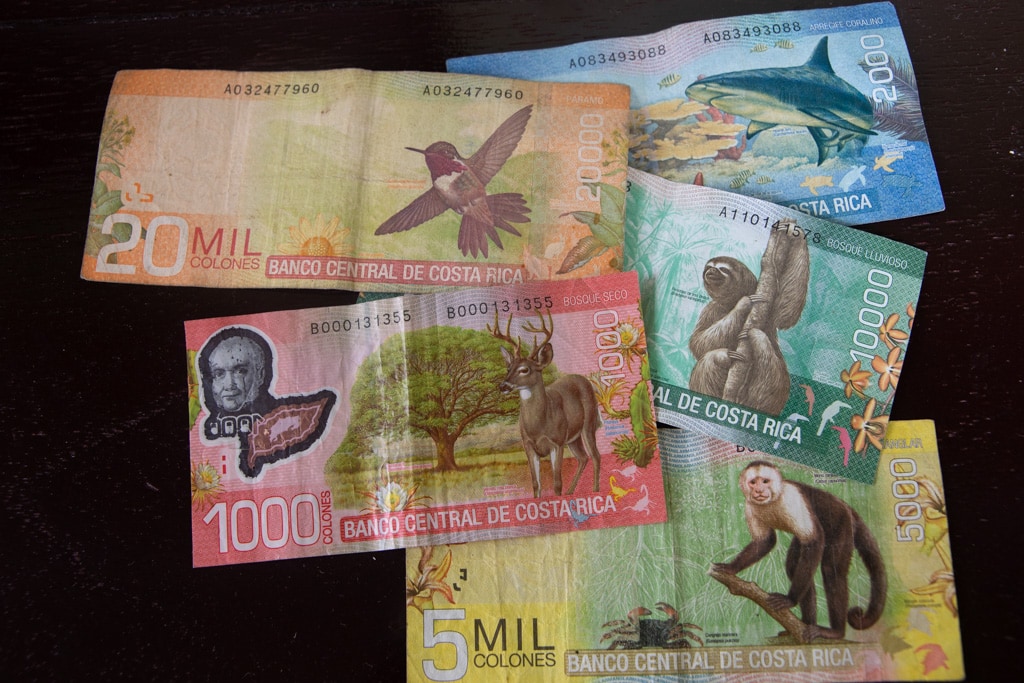
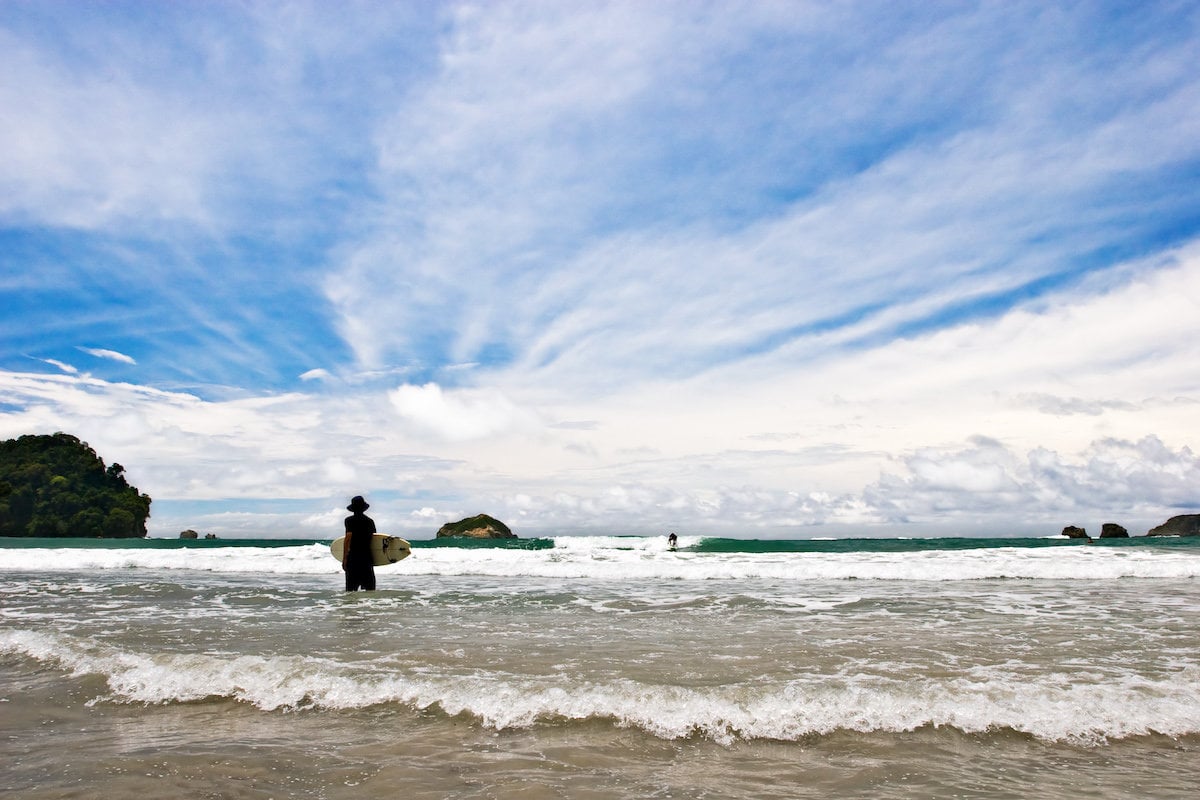
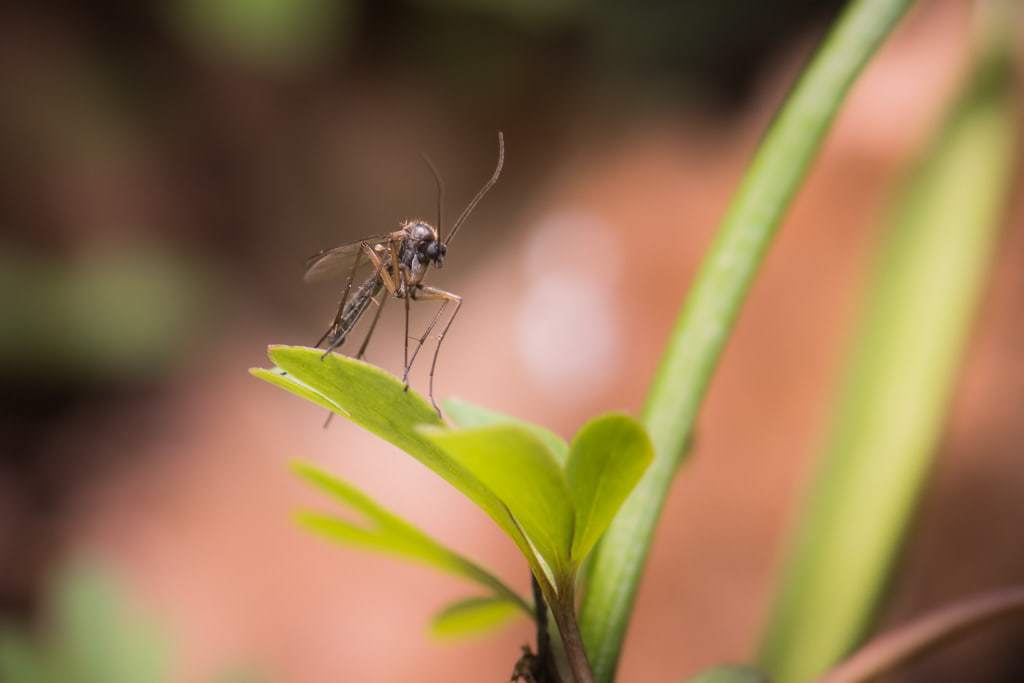
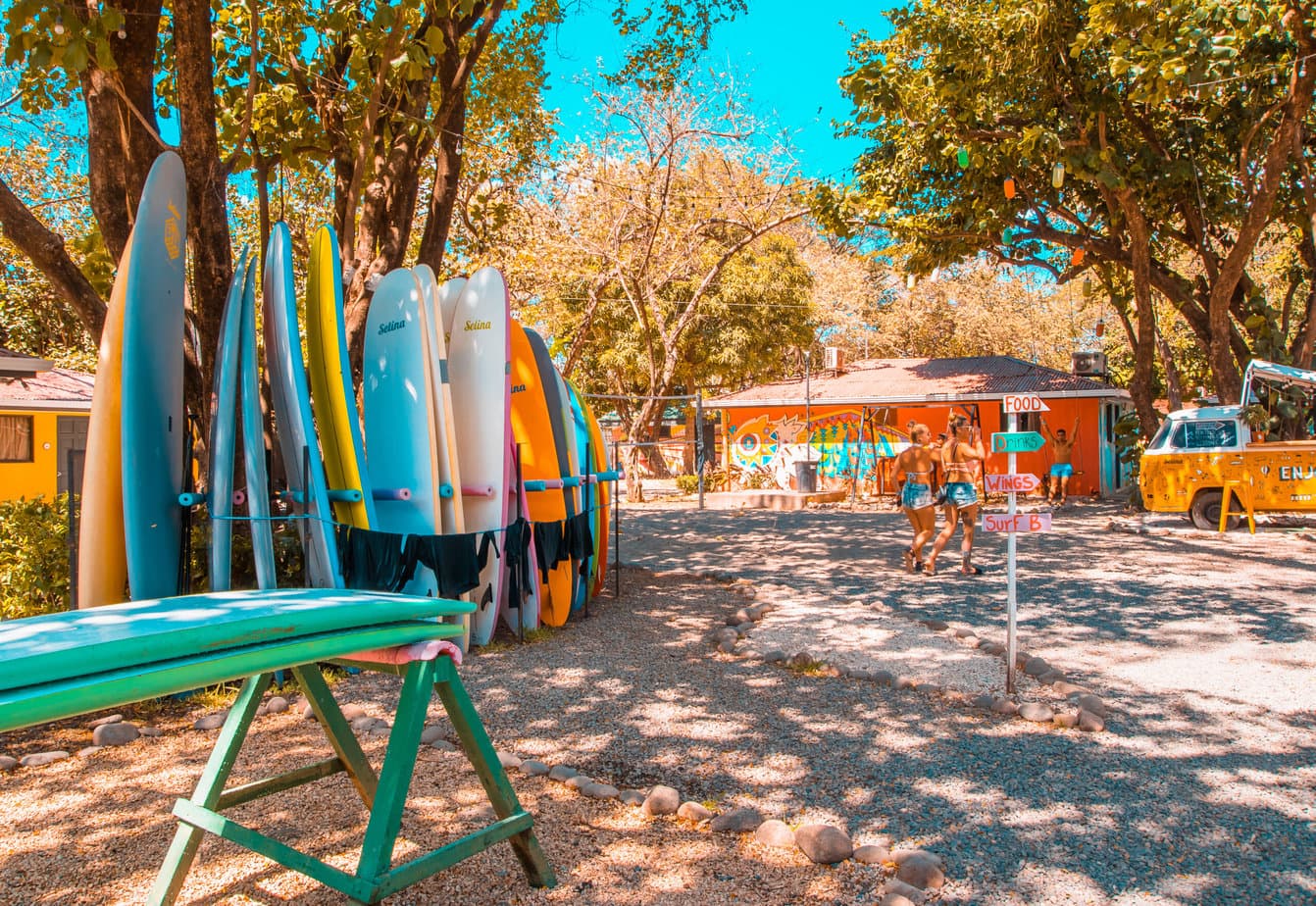
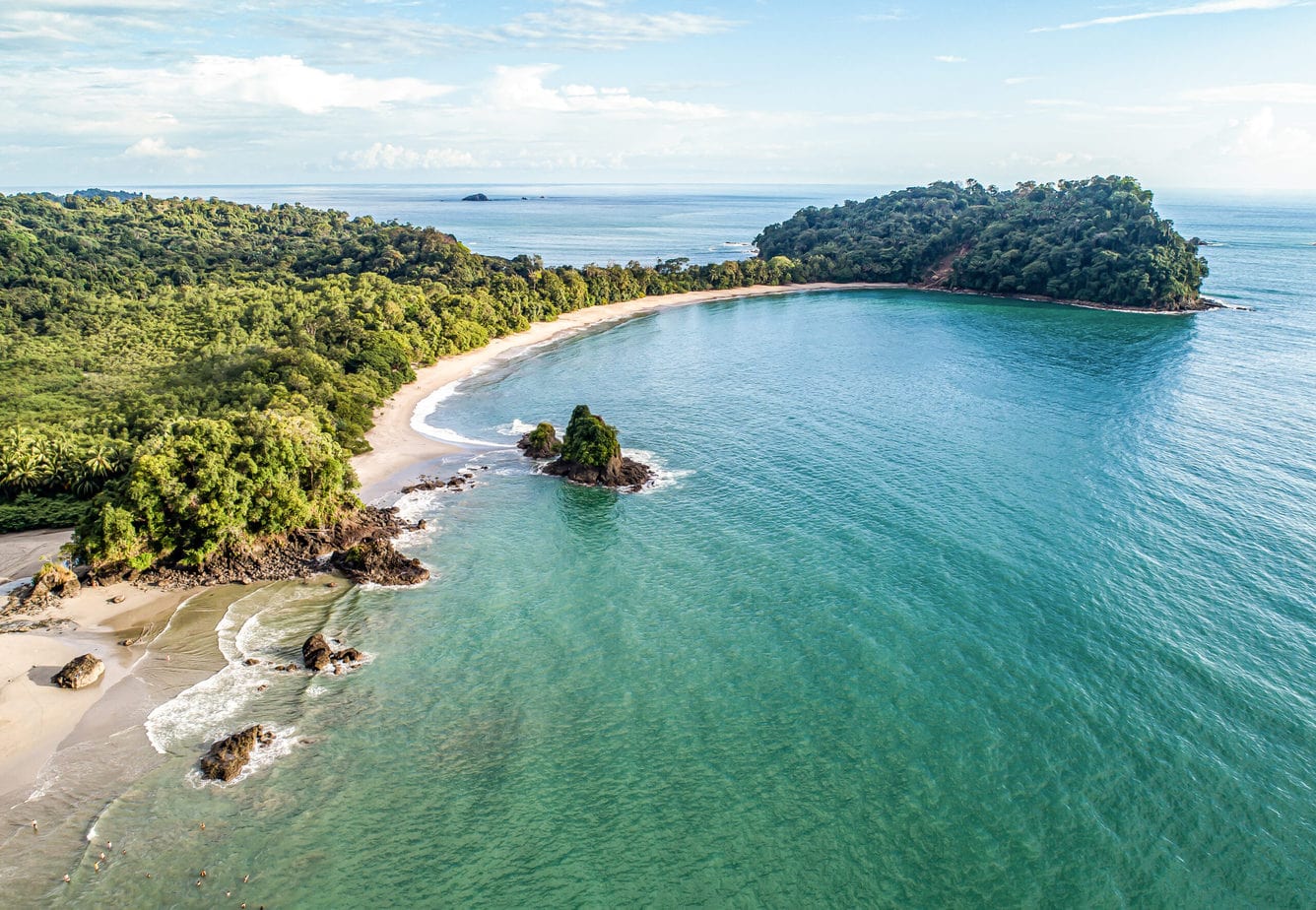
Hi Christa,
Thank you for your informative story on coffe.
Hello, I’m looking for traditional Costa Rican tin cups. Where did you find the ones in your story?
l have been to Costa Rica many times and I love the 1820 ☕. It is the best. I used to bring coffee back in my suit case. I would like to order the coffee here in Tucson, AZ USA.
I still do the same thing! You can get 1820 on Amazon: https://amzn.to/3zseq3f
Pura vida! ~Christa
Thank you for the information about the coffee there .I have been there a few time in my life and had the local coffee and it was Great my best coffee come from Costa Rica 🇨🇷 Love the Tica people.
I agree with all of the above. Pura vida! ~Christa
I read this article and a few others recommending (of the big commercial brands), Cafe Britt, Cafe Rey, and 1820. Britt is about twice as expensive as the other two (while still really not expensive), so I did a taste test between Rey and 1820.
I think 1820 is pretty bland (I guess the kind word is “smooth”) that’s like cafeteria coffee. It’s water flavored like coffee, but neither offensive nor notable. But Rey has that deeper “Oooh, coffee” taste that makes it a clear choice for me between those two.
I love this feedback. It’s funny how coffee tastes different to every palate.
I am diabetic and many organic coffee’s Ive tried significantly spike my blood sugar. I would like to find a light, natural washed arabica coffee bean from costa Rica. How are the Coope coffee’s you mention washed?
TY
Hi! Thank you so much for commenting. I honestly do not know the answer to this question, but you may be able to reach out to the smaller growers and ask. I usually have a lot of luck with WhatsApp. Good luck! ~Christa